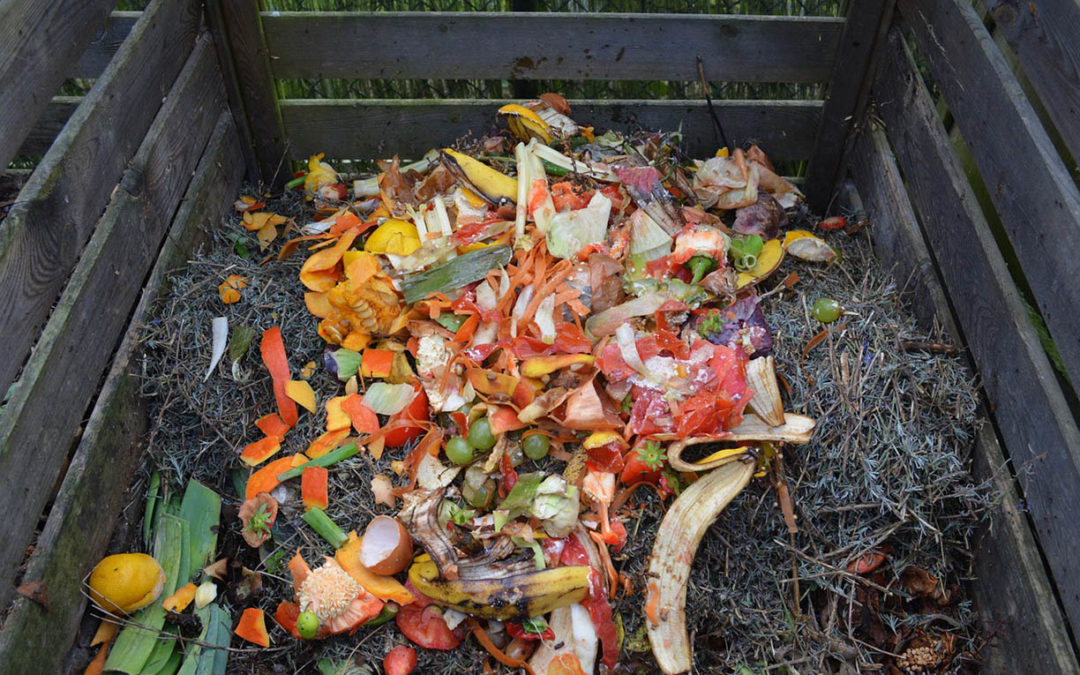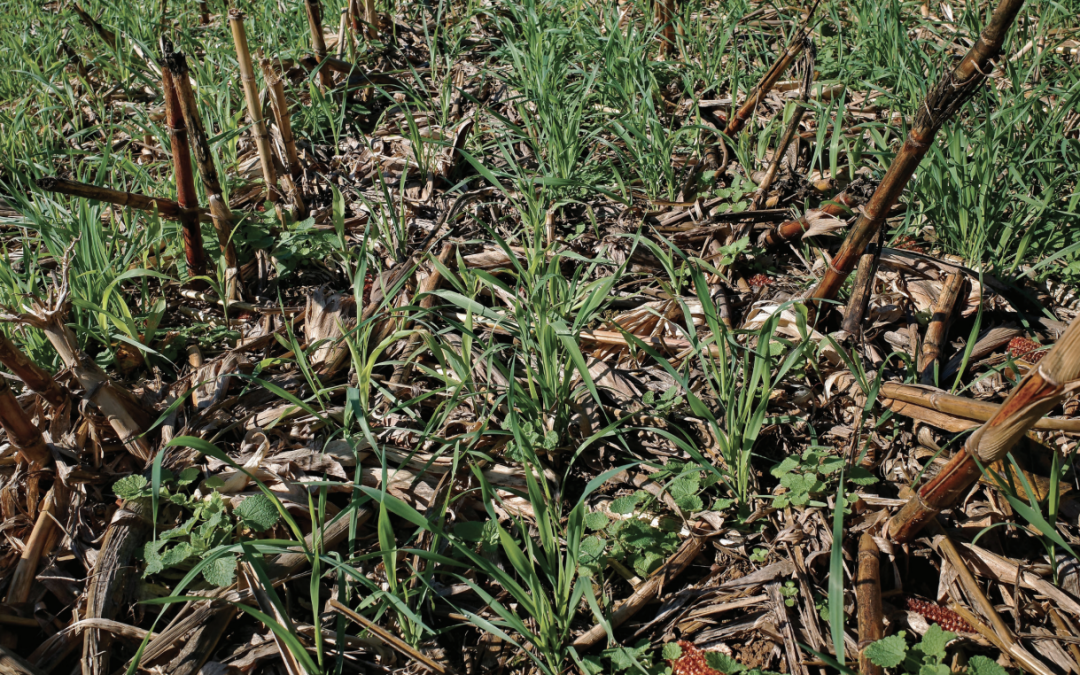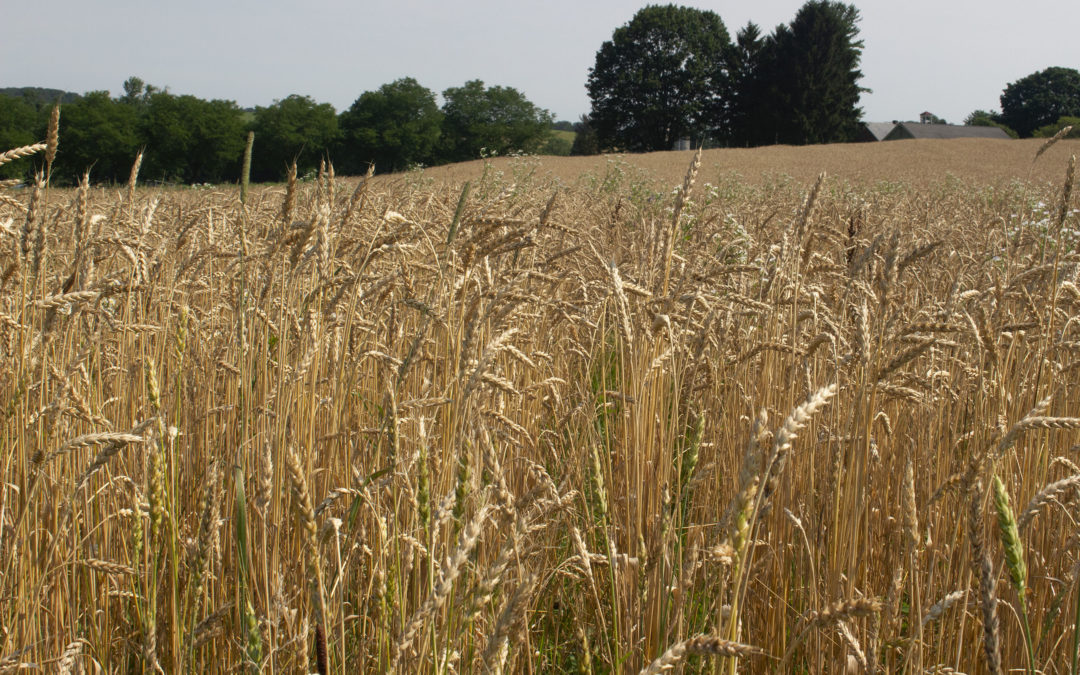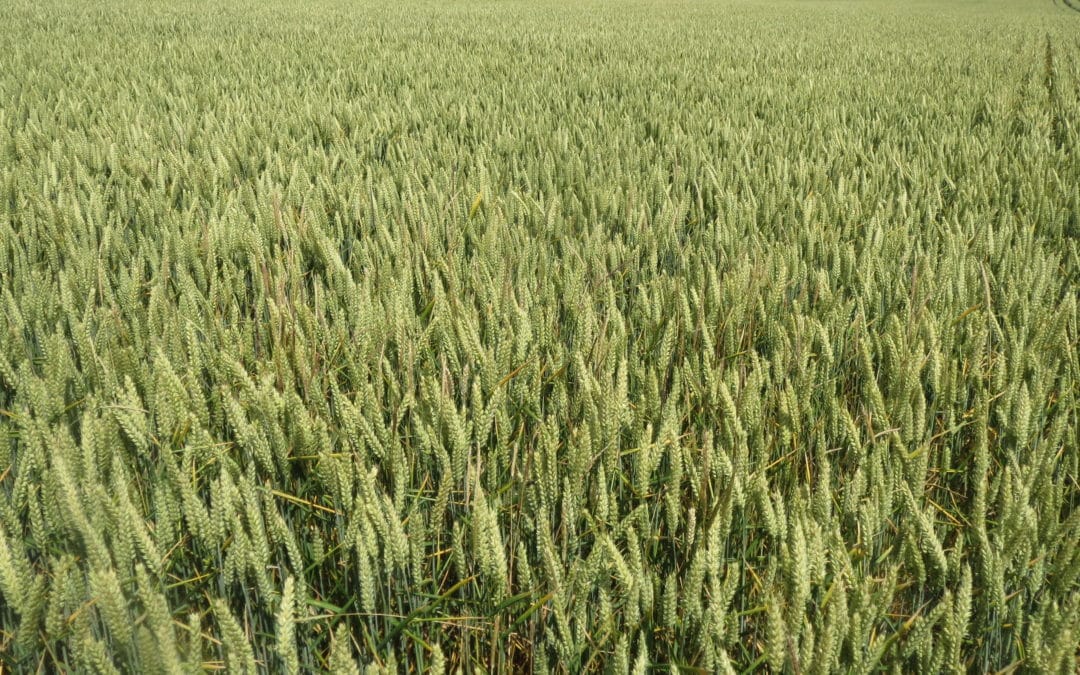
The Harvard School of Public Health said reducing food waste by an estimated 15 percent could feed more than 25 million Americans annually. You would think this would be a driving incentive for waste reduction. But how does food collection figure into soil health? Simple. The quality and health of the soil determines the quality and yield of the crops planted in it.

In this Interview from the October 2023 Acres USA magazine, Oklahoma farmer Jimmy Emmons discusses using cover crops for drought resilience, how to influence policy changes, and more!

Small grains provide great value in a grain rotation, especially in an organic system. They break up weed, pest, and disease cycles in row crops, as well as open opportunities for cover crops before planting and after harvest.

My main goal on my farm is to build soils and grow high-yielding crops without lots of synthetic inputs. That’s why I work in a lot of young, succulent cover crops and put on dairy manure and chicken manure. I also want to maintain or increase my organic matter levels, so I also use compost and humates on my fields and let some cover crops get more mature when I am focused on a soil-building year for a particular field.




